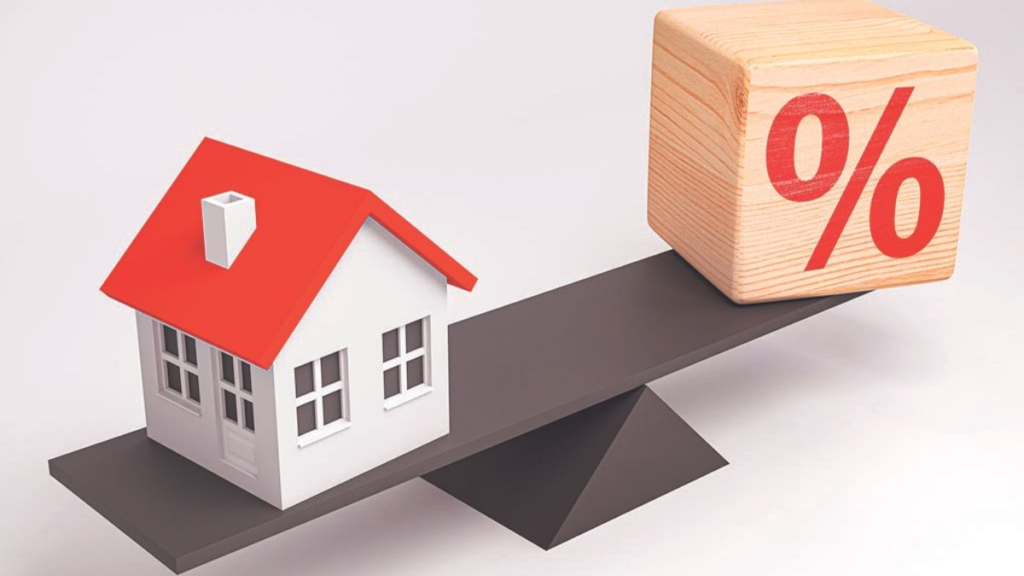The Financial Express
Lenders do not see too much stress in repayment of home loans, and expect the demand to sustain in the next financial year though interest rates have shot up over the last one year.
While the Reserve Bank of India (RBI) has cumulatively raised the repo rate by 250 basis points (bps) since May 2022 to 6.50% currently, the weighted average lending rate (WALR) on banks’ outstanding loans has moved up by 84 bps, from 8.74% in March 2022 to 9.58% in February 2023. The WALR on fresh rupee loans has increased by 137 bps, from 7.63% in March 2022 to 9% at present.
Of around 55 lakh home loan accounts linked to EBLR, 47 lakh customers with loans amounting to Rs 8 trillion witnessed an increase in the tenure or EMI (equated monthly instalment), or in both.
Renu Sud Karnad, MD of HDFC, observed that whenever the rates move up or down, tenures are changed so as not to inconvenience customers. Those who wish can increase their EMIs or even partly increase their EMI and tenure at no additional cost. “If the tenure goes beyond the comfort level, the customer is educated about the need to revise the EMI,” Karnad said. For HDFC, almost the entire retail portfolio is linked to RPLR or retail prime lending rates.
Sumit Bali, group executive and head of retail lending at Axis Bank, said banks typically increase the tenure of a loan in case of a rate change to avoid discomfort to customers’ repayment plans.
During the repo rate hike in December, Axis Bank was able to accommodate 82% of the accounts through a tenure change, and the remaining 18% with EMI changes. Around 8% of customers who opted for an increase in EMI, saw their monthly instalments rise by less than Rs 500, he said. “As of now, we don’t see any signs of stress in the home loan collections. The entry rates are flat and range bound since April. The bucket resolution rates are also fairly stable. At an industry level (CIBIL), the portfolio risk metrics are also not showing any stress,” Bali said.
Outlook for FY24
The impact of interest rate hikes on housing demand appears marginal presently,” said Suresh Khatanhar, deputy MD at IDBI Bank, who believes the RBI may hike the repo rate by another 25 bps. “However, considering the projected economic growth for FY24 and rising interest rates, the credit offtake could be modest in the first two quarters of FY24.”
Karad does not see the rate hike reducing demand for housing as housing loans carry a floating interest rate, and unlike a car or a consumer durable loan, they are long-term — generally for 12 to 15 years — and an increase in interest rate on housing loans does have a relatively less impact on the cash flow. “Usually two to three interest rate cycles play out during the loan timeframe of 12 to 15 years. So, borrowers understand that interest rates may also come down during such a long tenure. And even though the headline interest rates on home loans start from 8.50% per annum, the effective rates on home loans could be below 6% due to fiscal benefits available on housing loans.”
“For a country like India, there is tremendous potential for growth as the penetration level of mortgages is extremely low as compared to other countries. The mortgage-to-GDP ratio in India is 11% compared to 20-30% in most East Asian economies, 68% in the UK and 52% in the US,” she said.
Get live Share Market updates and latest India News and business news on Financial Express. Download Financial Express App for latest business news.

